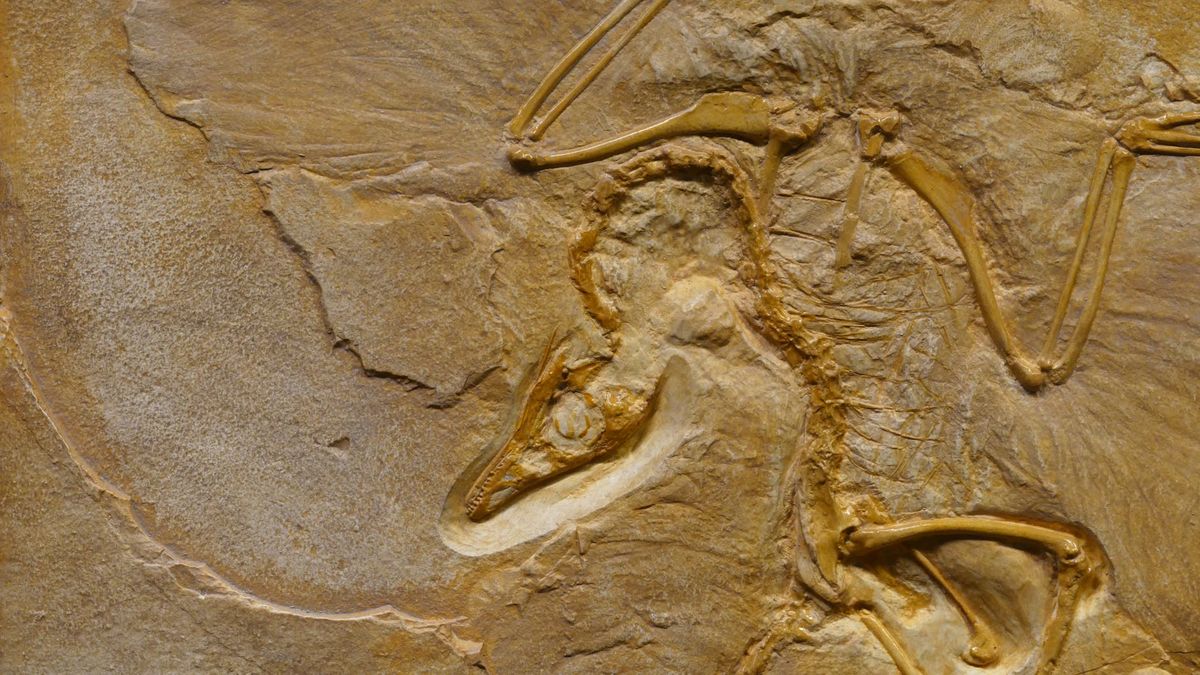Your science teacher lied to you about dinos; here’s how they actually died

A few minutes every morning is all you need.
Stay up to date on the world's Headlines and Human Stories. It's fun, it's factual, it's fluff-free.
At some point, probably in a primary school science class, you likely learned that the Earth used to be filled to the brim with dinosaurs of all kinds until about 66 million years ago when a meteor hit the Yucatán Peninsula (modern-day Mexico) and wiped them all out. Well, scientists in China are saying that’s not exactly how it happened.
To be clear, they’re not denying a meteor hit Earth or that it ended the era of dinos as we think of them now. But they’re saying that there was a decreasing amount of biodiversity (or, essentially, the amount of types of living things out there) in the world leading up to the strike.
They found this out by looking at eggshells in a 150-meter-thick section of rock in the Earth, and they noticed that, of the 1000 eggshells they had, only three different species were represented. Their theory is that the mix of changing climate over the long term and some volcanic eruptions in India meant that only a select group of dino species survived. And when the asteroid came and hit Mexico, those species were already vulnerable, and they went extinct, too.
“Dinosaurs went extinct gradually over millions of years, instead of coming to an abrupt end from sudden disasters,” said the lead author of the study, Wang Qiang, an associate researcher at the Institute of Vertebrate Paleontology and Paleoanthropology of the Chinese Academy of Sciences.
Now, Wang said, the next step is to look at how species of dinosaurs had changed (or failed to change) before disasters like volcano eruptions or meteor strikes.
“Which was the determining factor for dinosaur extinction? Was it changes in their genes that led to the loss of adaptability or was it the environment that became too harsh for them?”




Comments ()